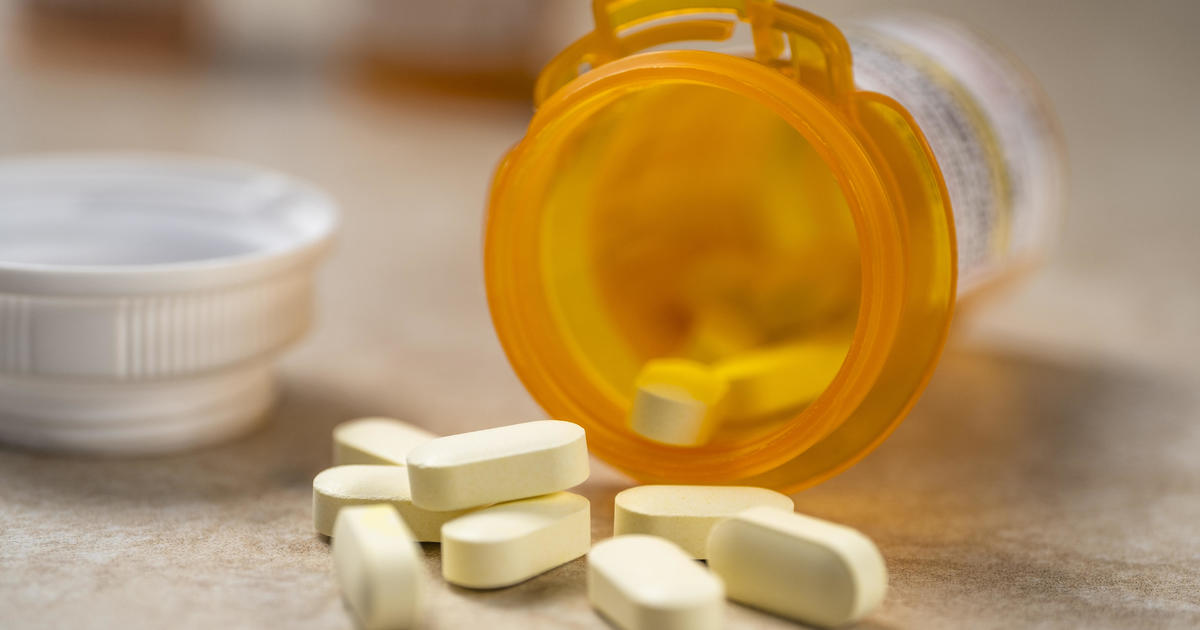With More Money Spent Marketing Opioids, More Overdose Deaths Followed, Study Says
(CNN) -- The more money pharmaceutical companies spent marketing opioids to doctors, the more prescriptions doctors wrote for those drugs and more fatal opioid overdoses followed, according to a study published Friday in the journal JAMA Network Open.
The study found that for every 1,000 people living in an area, opioid prescribing rates increased 182% and prescription opioid overdose deaths increased by 9%, for every $5.29 a pharmaceutical company spent on perks such as lunches and trips for doctors.
"The prescribing was clearly very, very strongly associated with marketing," lead author Dr. Scott Hadland, a pediatrician and researcher at Boston Medical Center's Grayken Center for Addiction, said in an email.
Hadland and researchers at New York University School of Medicine compared marketing data from the Centers of Medicare and Medicaid Services Open Payments database between August 2013 and December 2015 with prescription drug overdose data from August 2014 to December 2016. During that time, they found that pharmaceutical companies made nearly 435,000 payments totaling $39.7 million. Those payments included transactions such as lunches, consulting fees, travel and honorariums for 67,507 physicians across the country.
The researchers noted that the greatest influence on both opioid prescribing and number of overdose deaths wasn't the amount of marketing money spent on each doctor. Instead, it was the number of "marketing interactions," what researchers call transactions that include free lunches, speaking fees and travel compensation.
"A typical lunch costs only $20 or less, and when doctors receive multiple lunches over time, this appears to have the greatest effect on changing doctors' prescribing," Hadland said.
The authors say the study is the first of its kind to make quantitative associations between how much pharmaceutical companies spent marketing opioids and their influence on the number of prescriptions and the number of fatal overdoses from prescription opioids.
CNN has reached out to PhRMA, the pharmaceutical industry's trade group, for comment but did not receive a reply.
Where more opioid marketing dollars were spent
Since 1999, the number overdose deaths involving prescription opioids has increased five-fold. More Americans now die annually from drug overdoses than the number of American troops killed during the entire Vietnam War.
In 2017, there were more than 70,000 drug overdose deaths in the United States. The leading contributor to these deaths are opioid drugs, which include both legal painkillers such as morphine, oxycodone and hydrocodone, as well as illicit drugs such as heroin and fentanyl.
Heroin and illegally manufactured fentanyl are the two drugs most commonly involved in overdose deaths in the US. In 2016, fentanyl was involved in 28.8% of deaths while heroin was involved in a quarter of all overdose deaths that year. Prescription opioids were still involved in at least 24% of overdose deaths in 2017.
The researchers found that most opioid marketing dollars that went to doctors were concentrated in counties in the Northeast, while the Midwest had the lowest amounts. The doctors in counties that had the greatest amount of money poured into them were urban, metropolitan areas.
According to the findings, these urban areas had, on average, nearly three times the amount of marketing money directed toward them as rural counties.
Opioid overdose death rates were higher in urban areas, but opioid use in those areas has also been higher, historically.
"It's in these areas where many hospitals and doctors are located, and in some cases, where many patients are insured," said Hadland. "It makes sense that opioid marketing would be concentrated in areas where doctors can prescribe and where people have insurance to help them purchase medications," he added.
Despite all of that, rural counties still had the higher rates of opioid prescribing.
A study published this week by the US Centers for Disease Control and Prevention found that patients in rural counties had an 87% higher chance of receiving an opioid prescription than those in more populated urban counties.
The-CNN-Wire
™ & © 2019 Cable News Network, Inc., a Time Warner Company. All rights reserved.
Follow @WJZ on Twitter and like WJZ-TV | CBS Baltimore on Facebook



